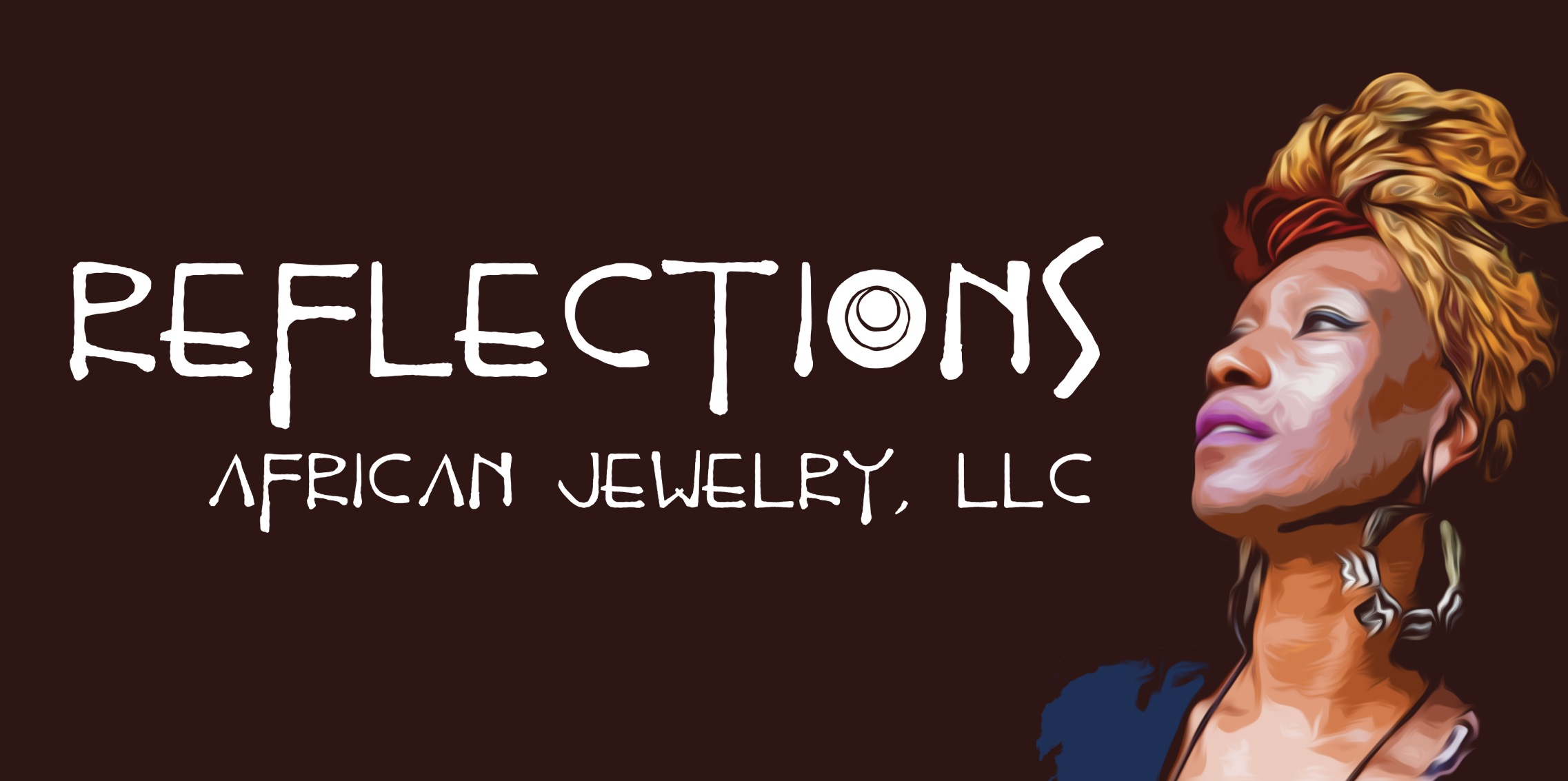Kwanzaa is an African traditional designed to help people of African descent celebrate the first harvest. It was created by Dr. Maulana Karenga in 1966. Although it was created for black people in The United States it is celebrated throughout the world. It is a time for reassessing, reaffirming and rewarding all that we have done in the past year. It is also a holiday that reflects our African culture.
Kwanzaa is celebrated for seven days from December 26th till January 1st. Each day corresponds with the 7 days and has principals. Nugozo Saba is the name for the seven principals of Kwanzaa.
The first principal is on Dec. 26th and is Umoja (Unity). It means to strive for and maintain unity in the family, community, nation and race.
The second principal is on Dec. 27th and is Kujichagulia (Self Determination). It means to define ourselves, create for ourselves and speak for ourselves.
The third principal is on Dec. 28th and is Ujima (Collective Work and Responsibility). It means to build and maintain our community together and make our brother's and sister's problems our problems and solve them together.
The fourth principal is on Dec. 29th and is Ujimaa (Cooperative Economics). It means to build and maintain our own stores, shops and other businesses and to profit from them together.
The fifth principal is on Dec. 30th and is Nia (Purpose). It means to make our collective vocation the building and developing of our community in order to restore our people to their traditional greatness.
The sixth principal is on Dec. 31st and is Kuumba (Creativity). It means to do always as much as we can, in order to leave our community more beautiful and beneficial than we inherited it,
The seventh principal is on Jan. 1st and is Imani (Faith). It means to believe with all are hearts in our parents, our teachers, our leaders and the righteousness and victory of our struggle.
How To Prepare for Kwanzaa
Preperations for Kwanzaa should start a week in advance. You can begin too set out your symbols. The colors of Kwanzaa are from the Bendera Ya Taifa and is the flag of the black nation. The red represents the blood of our ancestors. Black is for the collective color of all black people. Green reminds us of the land, life and new ideas we must continue to obtain.
Kwanzaa has seven symbols. The first symbol is the Mkeke. It is the straw mat and represents our traditions and foundation upon which eveything rests. The second symbol is the Kinara. It is the candle holder and represents our roots, our African ancestors. The third symbol is the Mishumaa Saba. It is the seven candles and represents the seven principals in the Nugozo Saba. The fourth symbol of is the Kikombe Cha Umoja. It is the unity cup is used to pour libation and is a cup for us all to drink from as a unit in unity. The fifth symbol of Kwanzaa is the Mazao. It represents the crops or the fruits of our labor. The sixth symbol is the Muhindi. It is the corn and represents the children. Each ear of corn represents a child and the future that is attached to children. The seventh symbol is the Zawadi. It represents the gifts. Books or carvings are goos forms of Zawadi because they remind us of education in our own cultural heritage. Gifts can also be given during Kwanzaa that are handmade.




